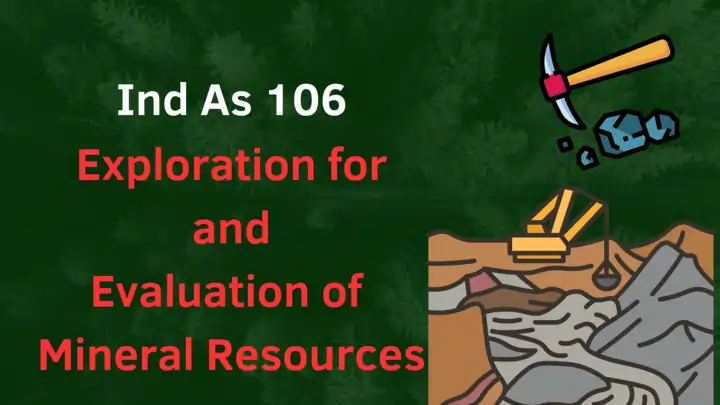IFRS vs. Ind AS: Understanding the Key Differences
In the interconnected world of business, adhering to global standards for financial reporting is essential for transparency and comparability. For Indian companies, understanding the nuances between two critical sets of accounting standards is paramount: International Financial Reporting Standards (IFRS) and Indian Accounting Standards (Ind AS). This post aims to provide a clear and comprehensive guide […]
IFRS vs. Ind AS: Understanding the Key Differences Read More »









